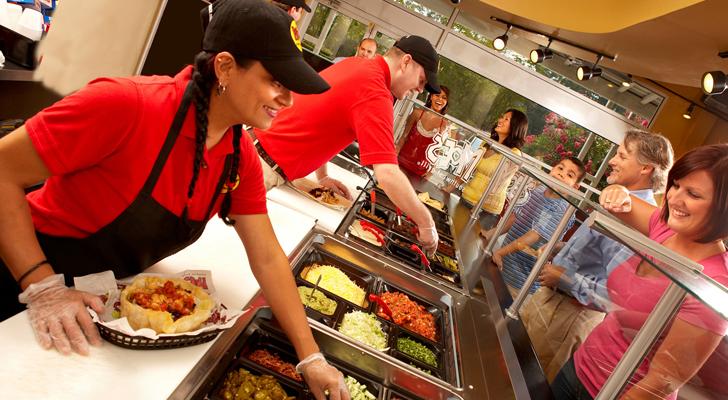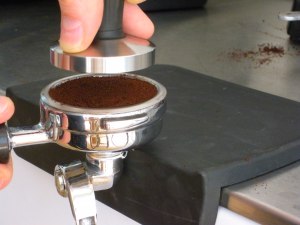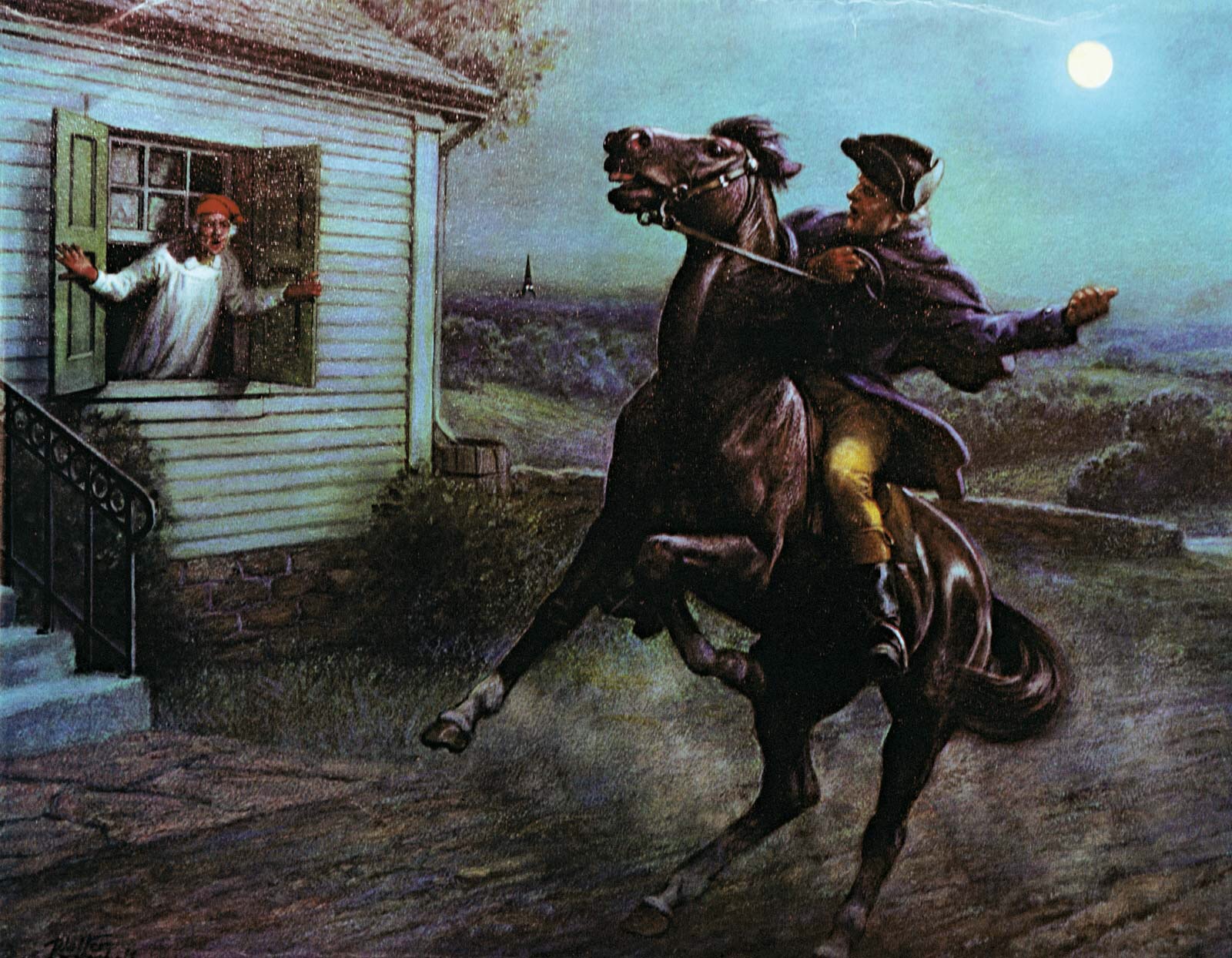
Is Your Cafe Fast Casual or a QSR?
Depending on where you live, you probably notice a new concept restaurant opening in your area about once a month. Most of these new restaurants find a comfortable niche location within a strip mall on highly trafficked street and fit the recently defined genre of “Fast Casual Dining.” This label refers to businesses like Chipotle, Noodle’s and Company, and Five Guys Burgers and Fries. The aforementioned restaurants have achieved great success because they have responded to a market audience that desires higher quality (often healthier) food, at a faster pace and relatively low cost. These businesses are the fastest growing segment of the restaurant industry for good reason.
On the other hand, there is the long established category of restaurant known as “Fast Food” or “Quick Service Restaurants” (QSRs) that also achieve comfortable, if not dramatically lucrative, profits. The most successful of these have a strong brand identity and thrive on providing consistent, rapid, low cost dining experiences.
Both styles of restaurant can readily be compared to specialty coffee and tea shops respectively, and it is important for you to have a clear concept for your business to achieve its maximum potential. Hopefully you may find that one of these models can help achieve a more unified approach to brand identity in your unique cafe. It is important to note that neither of these examples is the “right way” to run your cafe, you will want to evaluate the criteria for both and see if either concept matches your café more closely.
Fast Casual
Your business may fall under the fast casual category if it is part of a small chain, its environment has been compared to Starbucks, or if it has been vaguely defined as a “second wave shop.” A fast casual café focusses on quality rather than expedience and assumes that its clientele will sit down and enjoy their beverages for an extended period of time. The coffee and food offerings may come from large roasters and bakeries which probably aren’t local. More often than not, the area where these cafes can improve is in employee commitment. They often hire high school or college aged people part time who treat their employment very much as temporary. The lack of long term commitment is reflected in their approach to their work. Even though they may have been trained thoroughly upon being hired, they quickly lose incentive to prepare drinks at the quality that is expected. The main task of the manager of a quick service is to maintain quality by rewarding employees, educating them on the products, and maintaining a contagious passion for their business. While speed is important, these cafes should resist the urge to “pump out” as many drinks in the shortest amount of time possible and should engage each individual customer.
Quick Service Cafes
A QSR café shares some characteristics with a Fast Casual shop, but should distinguish itself in key ways. The primary goal of a QSR is to provide coffee, tea, and breakfast items in the shortest amount of time possible. These cafes are often situated inside of other institutions like hospitals or department stores, or they may have a small kiosk in a busy parking lot or street corner. While these businesses will largely hire the same demographic of worker, they don’t need to focus on the same standard of quality. Rather, they should focus on providing fast, friendly customer service. The environment of the café isn’t a focal point and thus shouldn’t be a primary concern. Where many of these cafes struggle is ergonomic organization of the drink prep area. Managers should seek out means to minimize the amount of time and effort required to make drinks for people by adding spouts to syrups, condensing the area where drinks are made by placing the most used items and equipment close to each other, and effectively storing inventory in a place that doesn’t interfere with drink prep. In addition, these cafes will want to find ways to minimize preparation error by instituting low maintenance espresso equipment like illy’s ipercapsule method.
While your café may not fit one of these categories precisely, these trends in the food and beverage industry reflect the desires of a growing number of consumers and are therefore worth evaluating. You may find that your business resembles both and therefore has unique considerations to make the most of both concepts.




